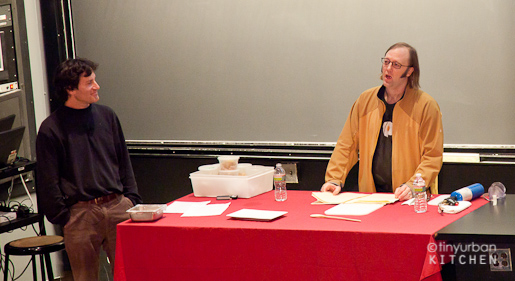
“The Turducken lives on thanks to meat glue.”
I had the incredible opportunity to hear Wylie Dufresne talk about meat glue at a lecture at Harvard University on Monday evening. If you don’t know who Wylie Dufresne is, his restaurant WD-50 is probably the closest thing that New York City has to Alinea, the Chicago “king” of molecular gastronomy.
Why did Wylie Dufresne open WD-50?
“I wanted to know more, so, one of my primary goals in creating WD-50 was to create a place where we could continue our culinary education.”
“We’ve only just begun to understand what is going on with food.” “We have been cooking forever but we are not very learned about food.”
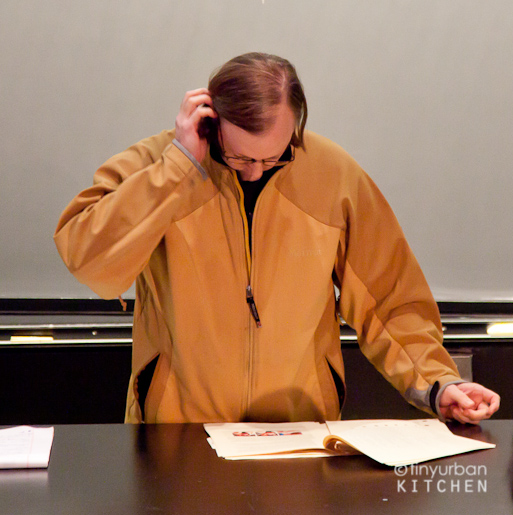
How true. Mankind has been cooking food with fire for eons now, but it has only been in the last century or so that we have really begun to understand the science behind food.
As a chemistry major in college and a former synthetic chemist, I couldn’t help but get super excited about this talk. Molecular gastronomy is the marriage of two of my loves – science and food.
Without further ado, here’s a brief summary of Wylie Dufresne’s talk, "Meat Glue Mania."
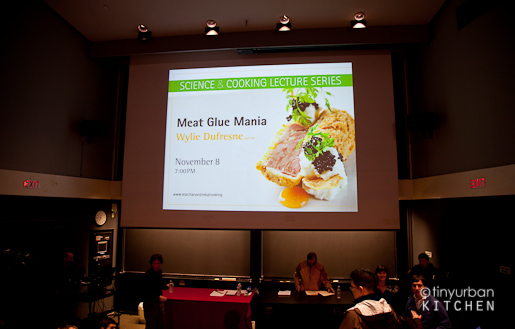
Meat glue is the common name for a protein called transglutaminase. Transglutaminase is naturally occurring, and is an enzyme that causes covalent bonds to form between the free amine group of a lysine residue and the carboxamide group of a glutamine residue.
Covalent bonds are basically the strongest type of bonds out there! Bonding two pieces of meat together with covalent bonds is like forming one single piece of meat.
Meat glue typically comes as a powder. You just brush it onto two pieces of meat, wrap the pieces tightly together, and voila, within 4 hours in the refrigerator (or 5-20 minutes at 50-58 °C), the magic happens and the meat is GLUED together!
Serious, you can’t pull it apart. It’s become one piece of meat.
Of course, you don’t want to go above the temperature at which proteins denature, because then the enzyme will cease to work.
What Are Some Cool Applications of Meat Glue?
Make Noodles
Wylie himself confesses that WD-50 has an unhealthy fascination with noodles, and continues to try making different kinds of “noodles” that don’t require any flour. One person asked about ravioli, and Wylie said that they hadn’t gotten that far yet, being still stuck on trying to make noodles.
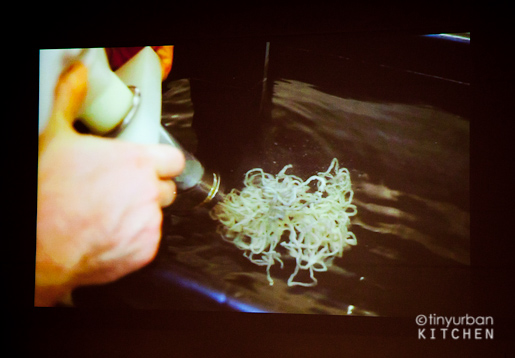
Shrimp “spaghetti” is made by adding salt, gelatin, and meat glue to a mixture of pureed shrimp. The entire mixture is then squeezed out into hot water, where it is cooked directly. As an Asian who has enjoyed fish balls and fish paste noodles (both of which use transglutaminase), this type of application is far from new. Nevertheless, it was still cool to see Wylie's interpretation of it.
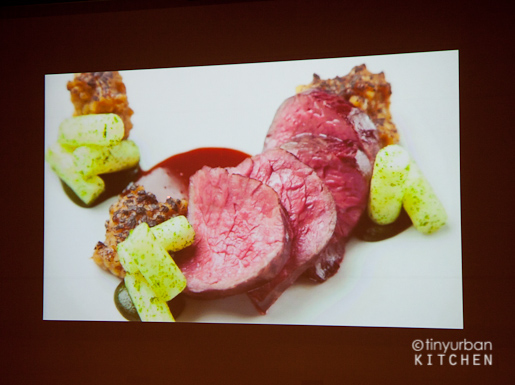
Make Thick Cuts of Thin Meat
Flap Steak is difficult to cook rare because it is super thin. WD-50 gets around this by gluing two pieces of meat together and then rolling it into a cylinder. This thicker cylinder can be cooked perfectly medium rare. You can't even tell that it was "glued" together when you look at the finished product.
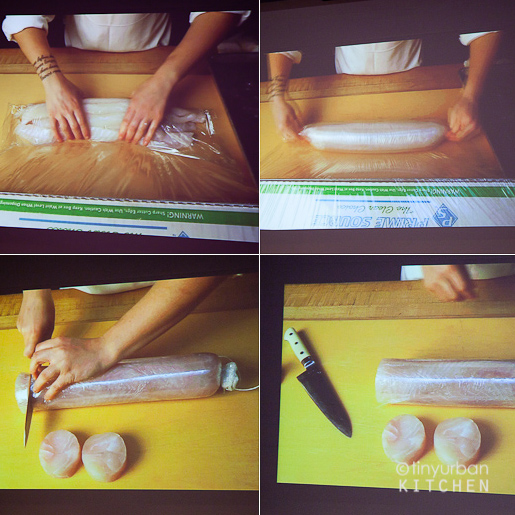
Similarly, he showed how his restaurant glues together strips of cod to make a beautiful cylinder of cod that can be sliced into discs.
Make Interesting Shapes with Non-Meat
Wylie next discussed how they take meat glue and mix it with gelatin and barley to make these interesting barley blocks that they could then char. He also showed us how he mixed meat glue with peanut butter to make these super thin peanut butter sheets, which he then cut up into noodles (yes, it’s that same obsessions with noodles again!).
The resulting dish was a peanut butter noodle and beef dish that sort of resembled pad Thai, with all the same flavors coming from different elements.
He also showed us how he melded together peas and carrots into a curious looking block.
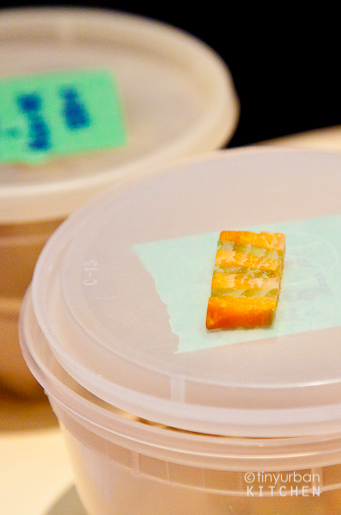
Finally, he discussed fois gras. He talked about how he loved fois gras terrine, but you can’t sear it because the heat would just melt the entire thing. By using meat glue, he has been about to successfully create a fois gras terrine that can be seared and served hot.
His talk has made me really curious about meat glue. Amazon sells a small experimental kit from Spain that includes ten different types of additives for all sorts of molecular gastronomy fun (including meat glue). Or, if you have your heart set on meat glue, you can always buy yourself a 2.2 lb bag of the stuff.
I think I’m tempted to go with the kit and try my hand at molecular gastronomy now!
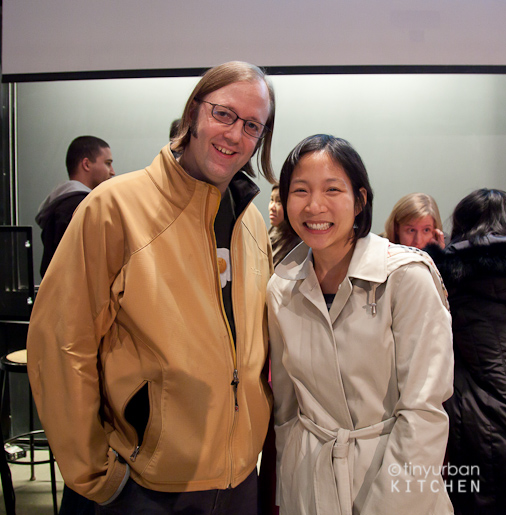
Wylie Dufresne
There are a few more of these fascinating food lectures left. They are free and open to the public (thanks to sponsors such as Whole Foods and Le Creuset), but there is only limited space, so arrive early! The lectures start at 7PM, but I would say get there by 6:15 if you want to get a seat.
Upcoming lecturers include Dan Barber of Blue Hill and David Chang of Momofuku (full schedule here). I will be attending the Momofuku one, so expect to see a write up of that one too (maybe with a lot of *bleeps!*).
All Rights Reserved


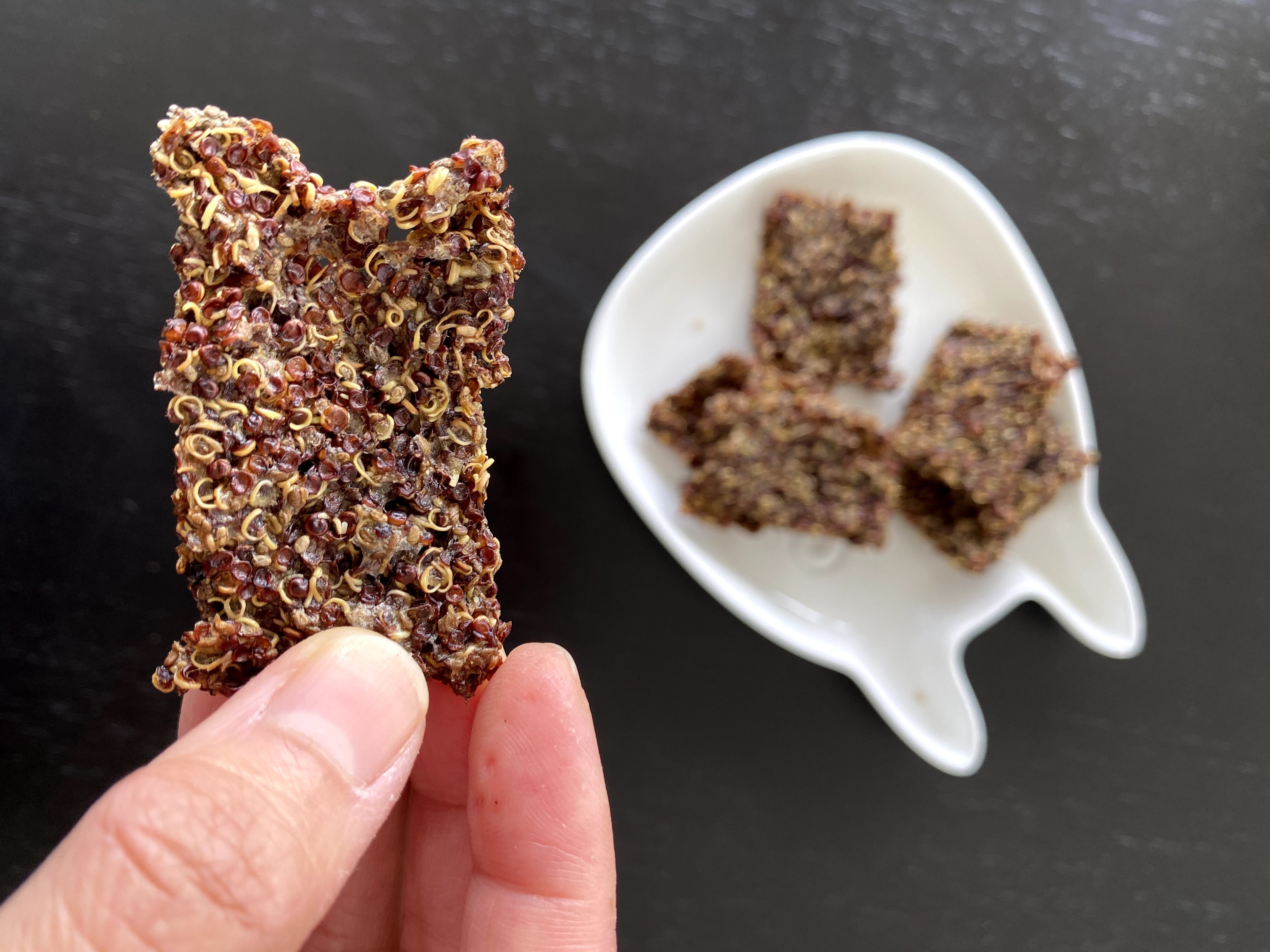
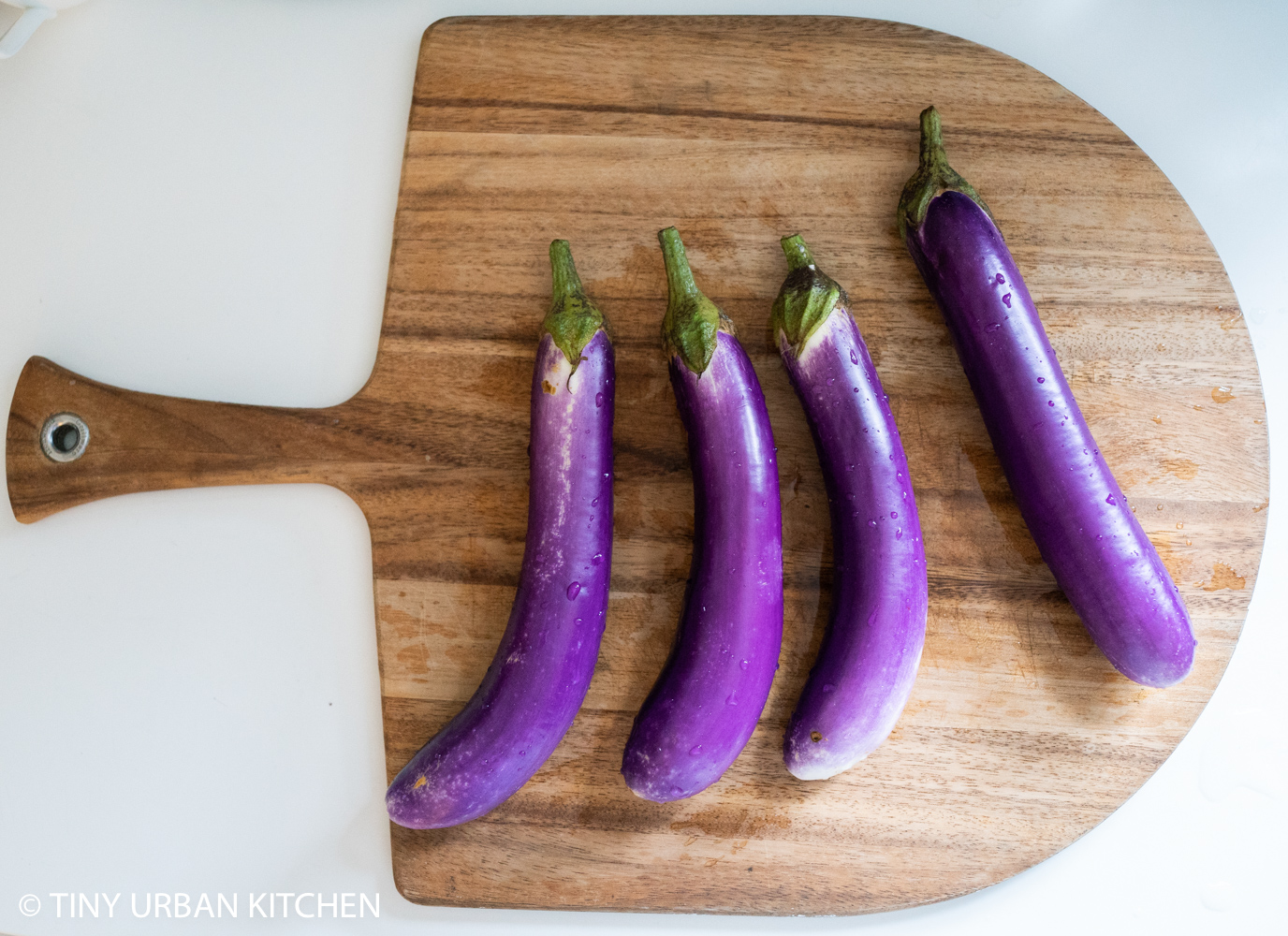
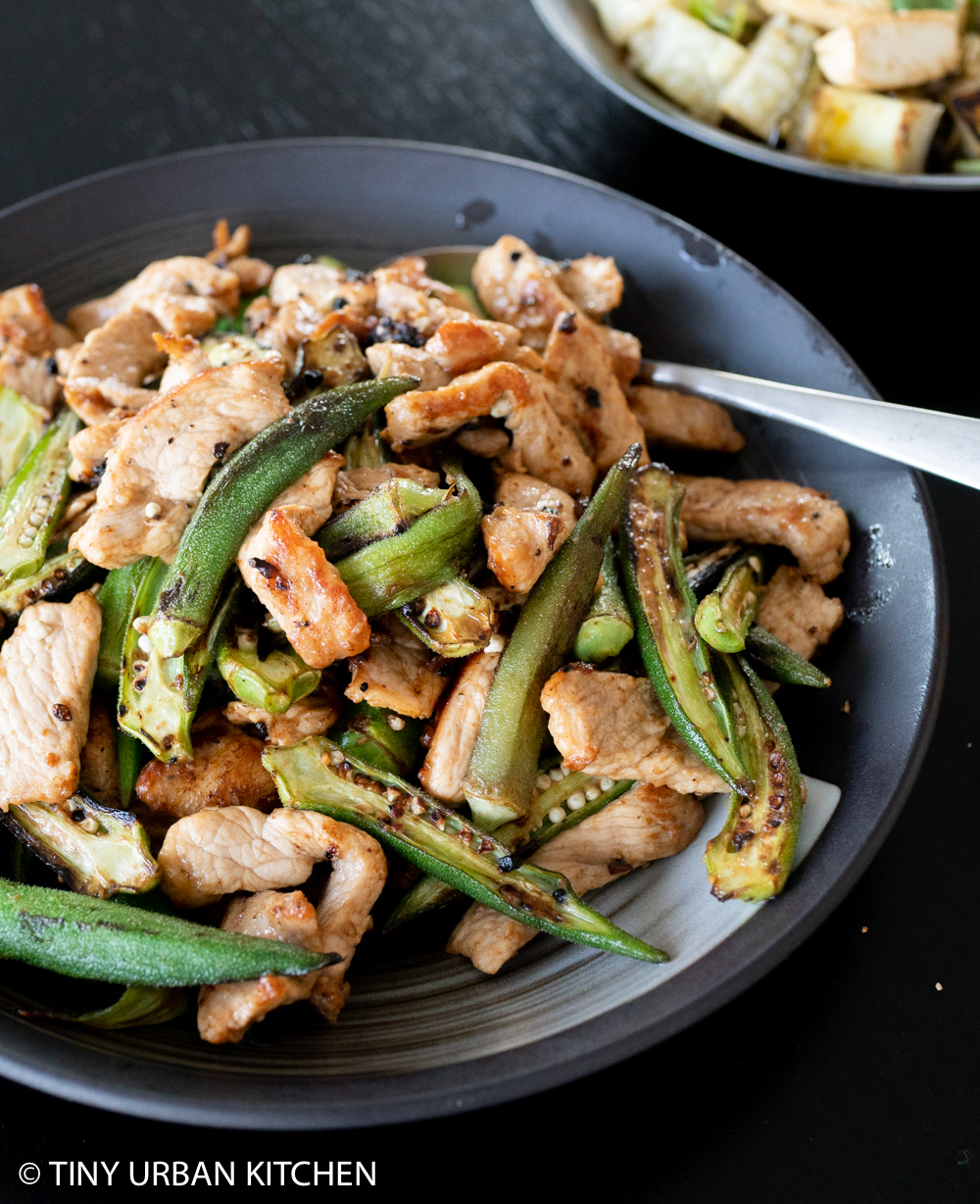
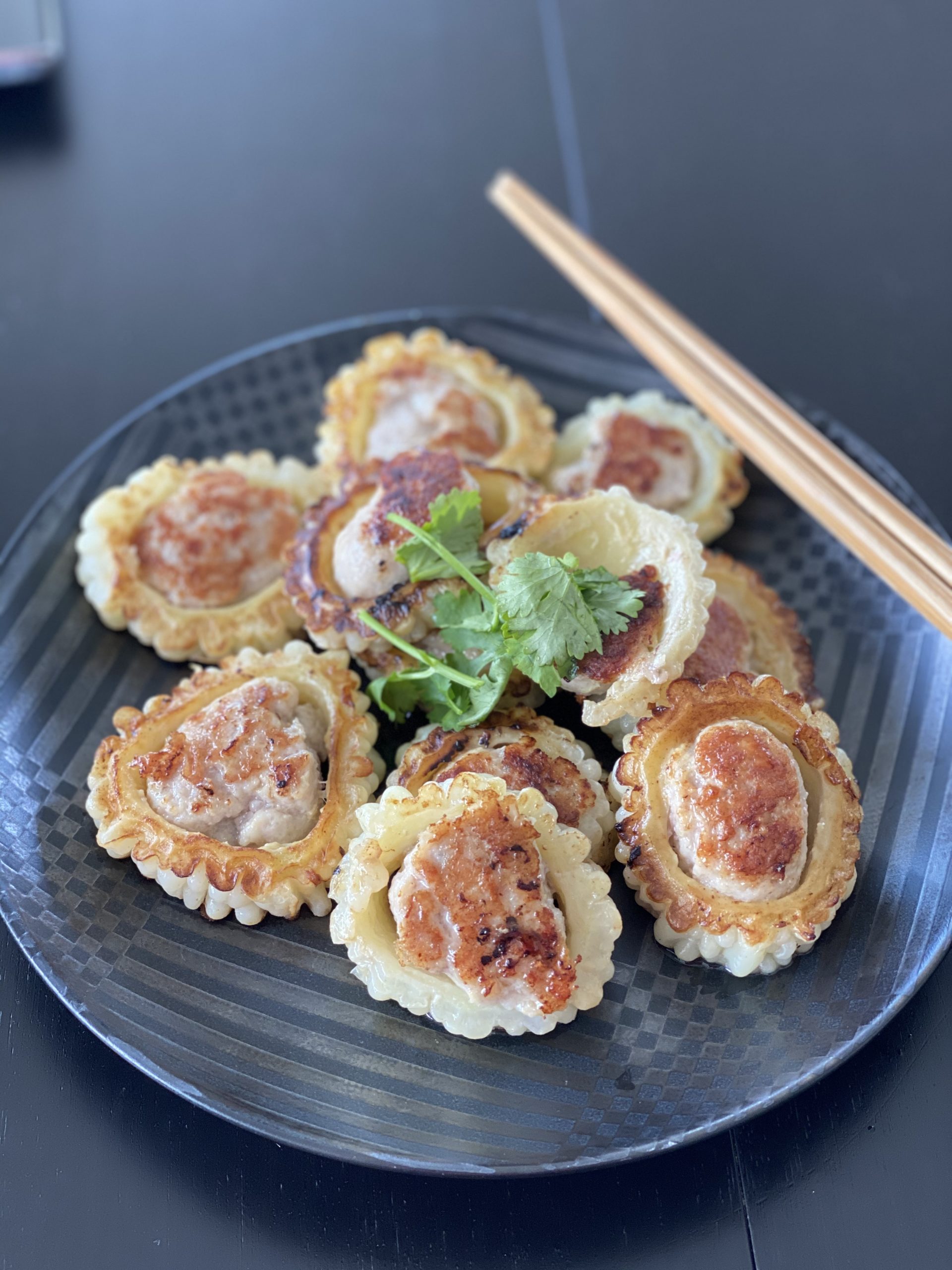
[…] uses for gelatin in savory dishes, from Grant Achatz’s soy gel to Wylie Dufresne’s shrimp “spaghetti.” In home kitchens, its uses range from meatballs to pâté and […]